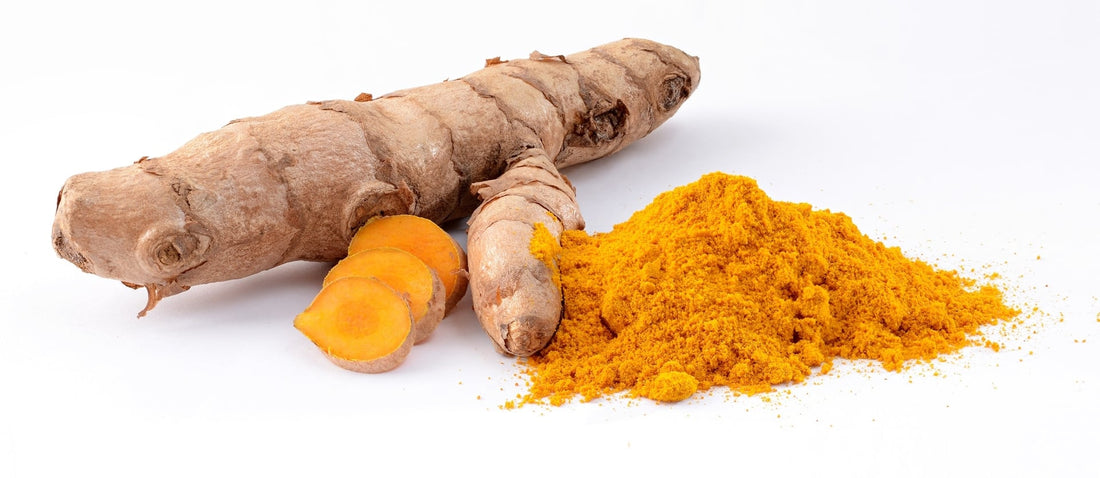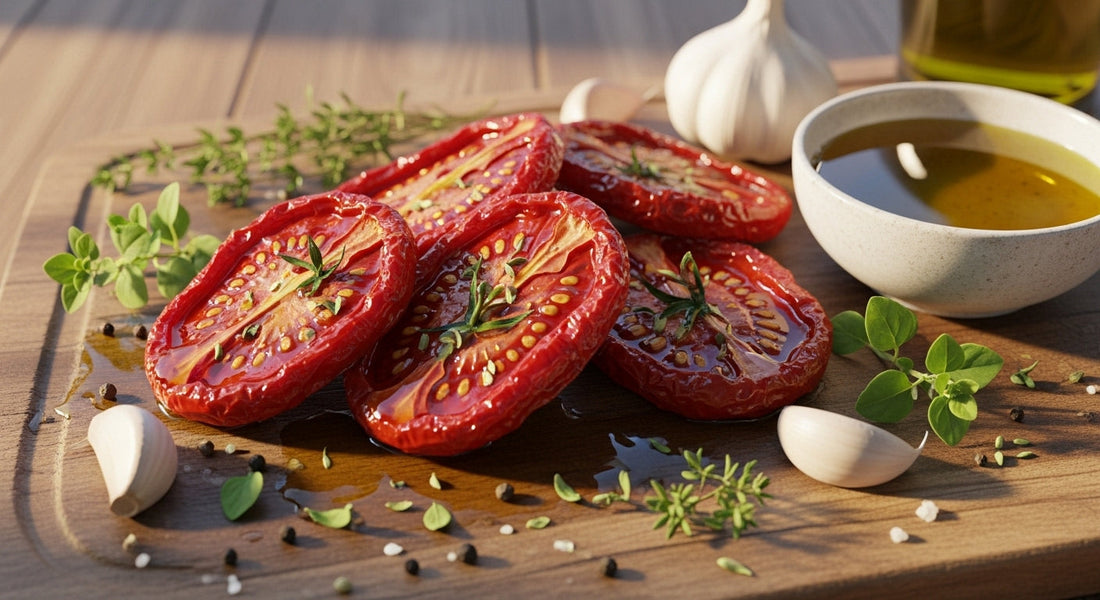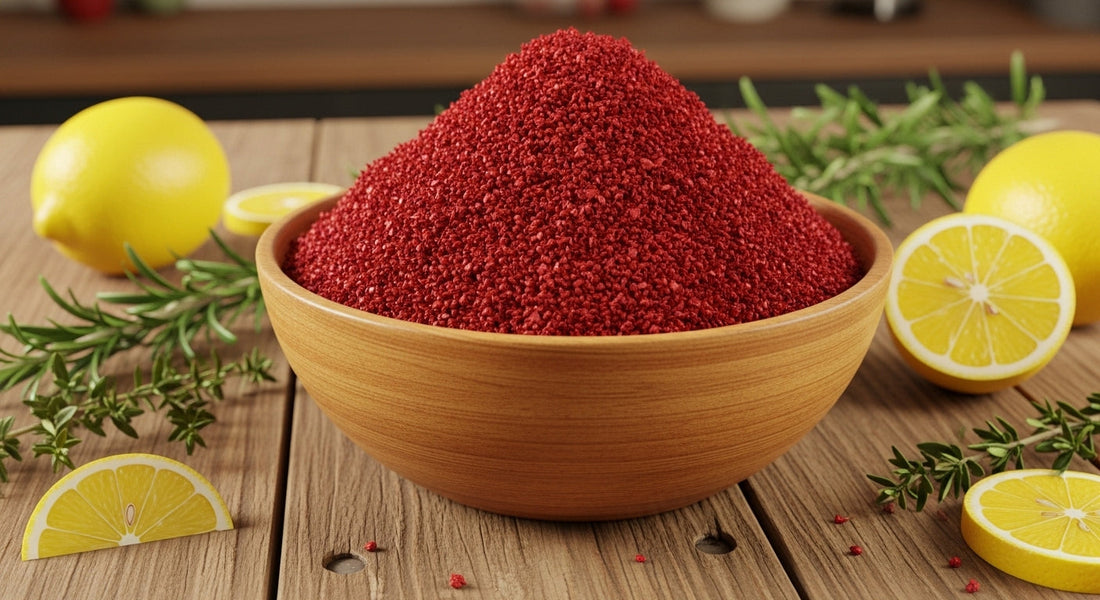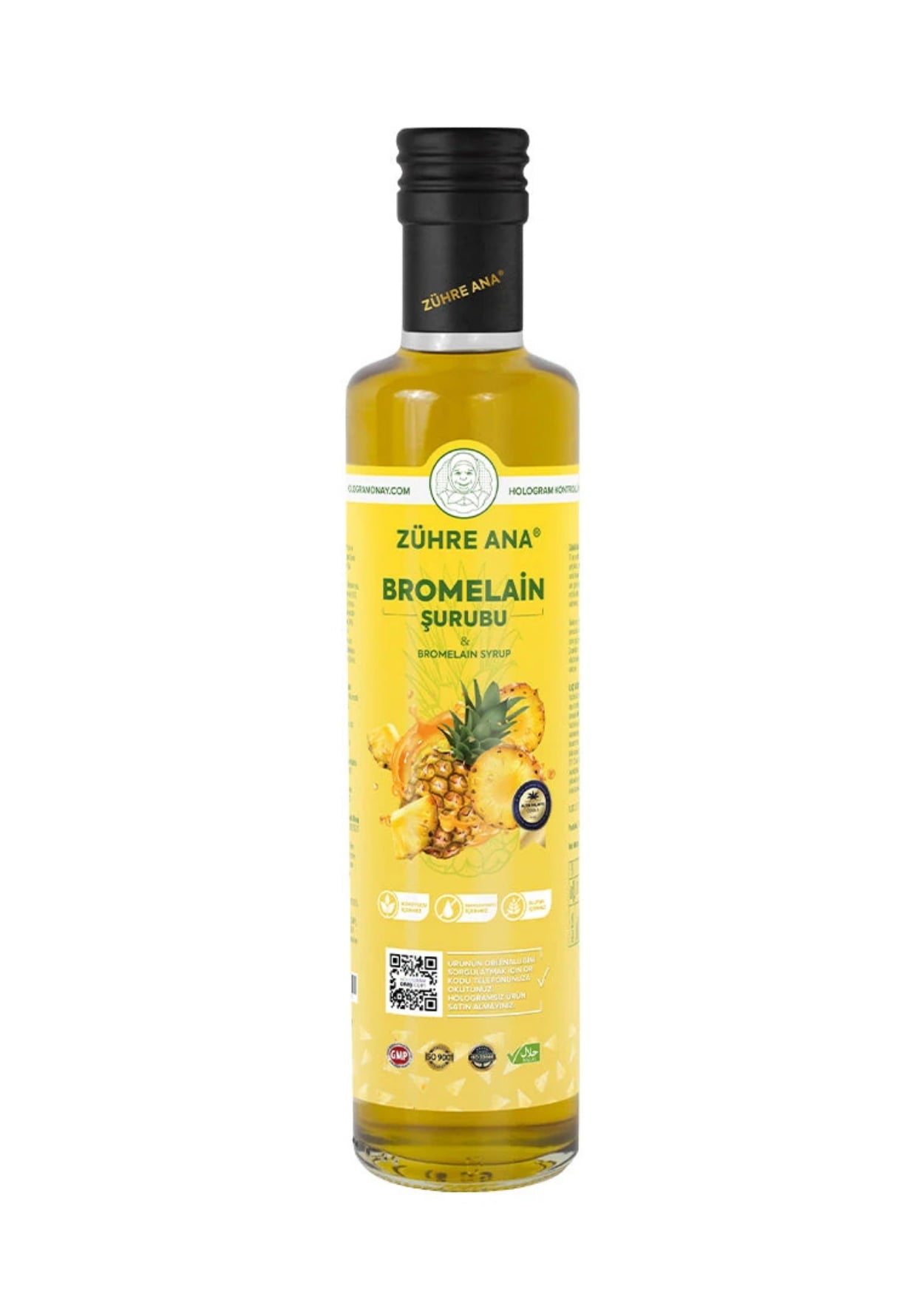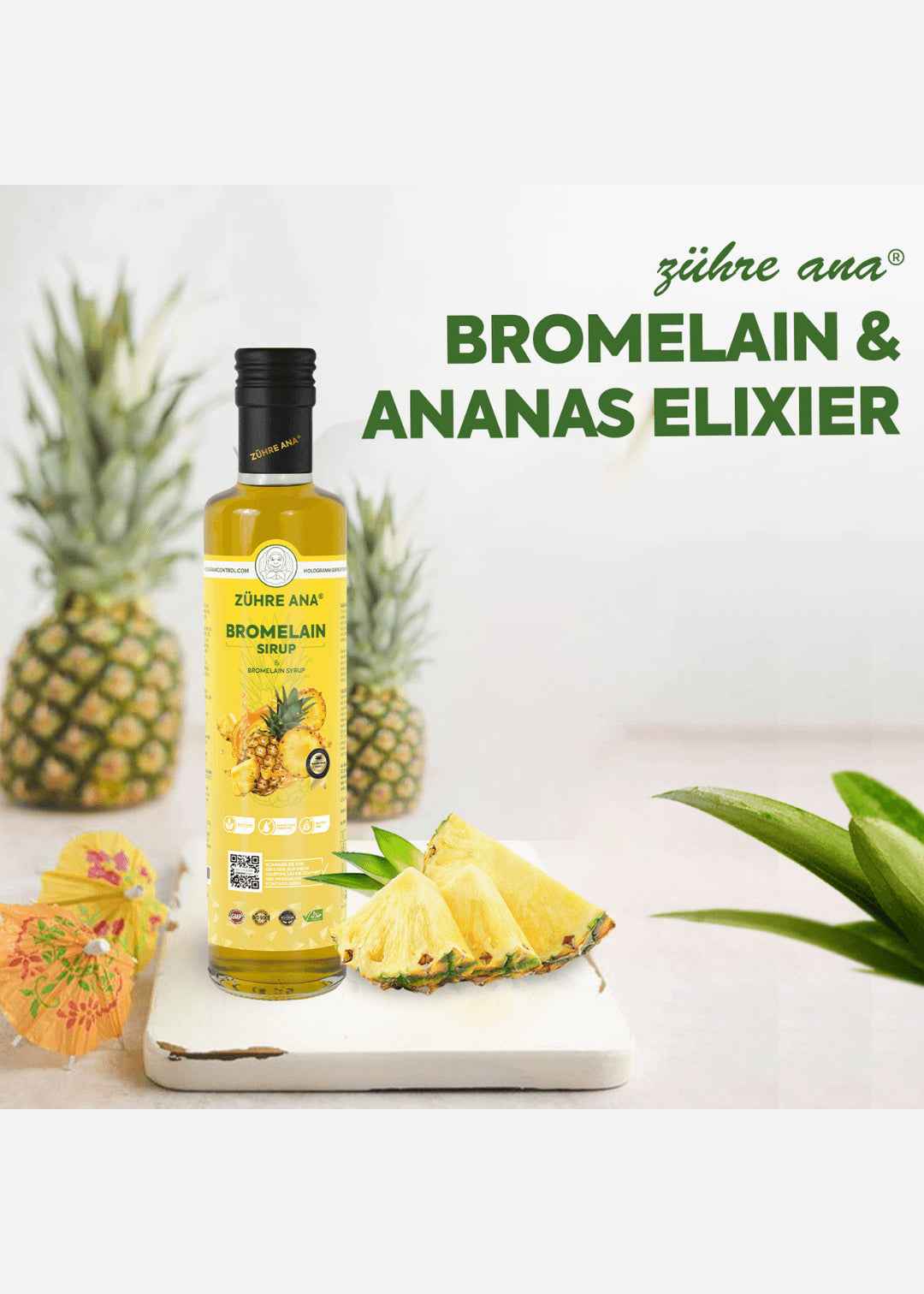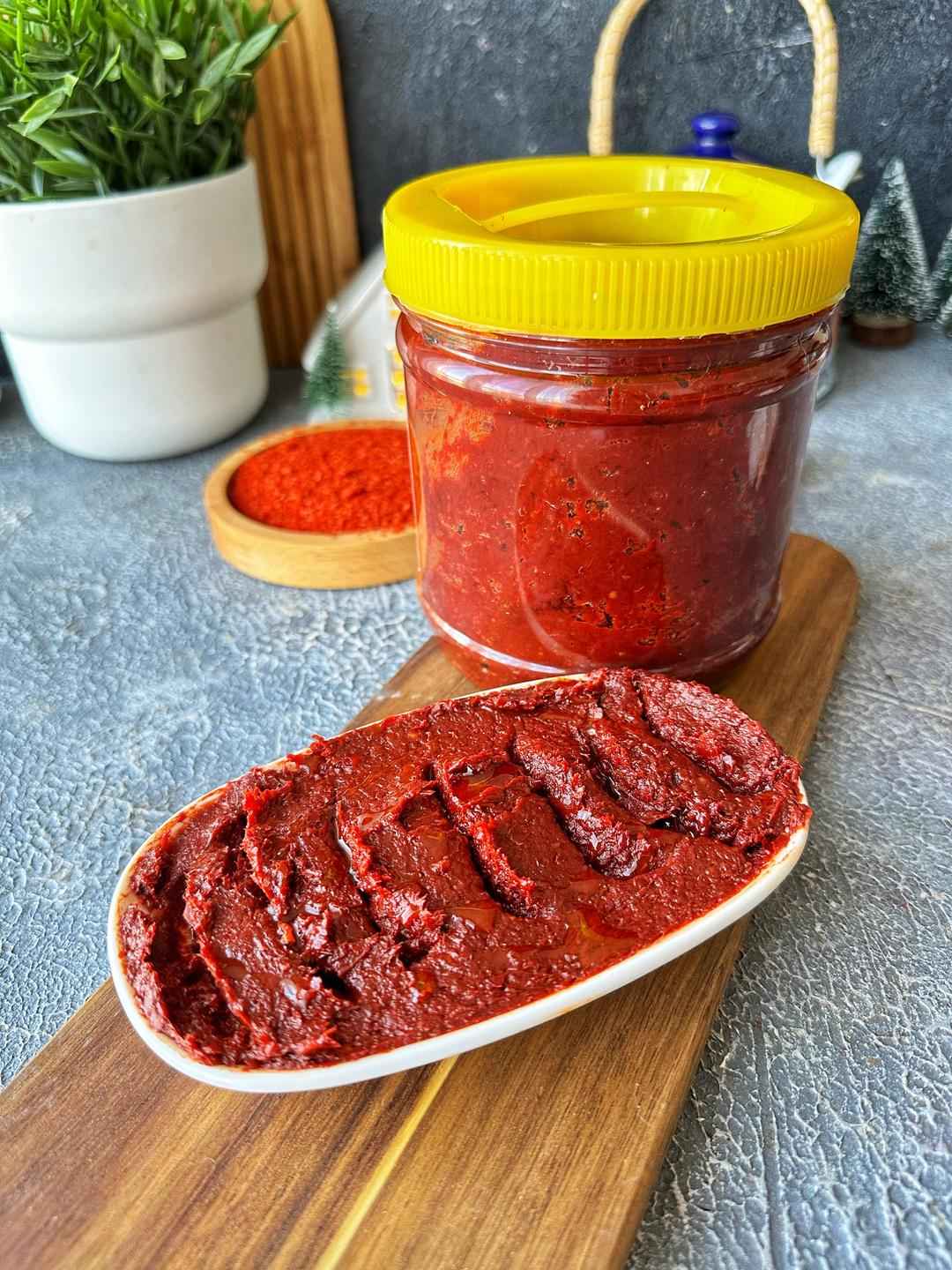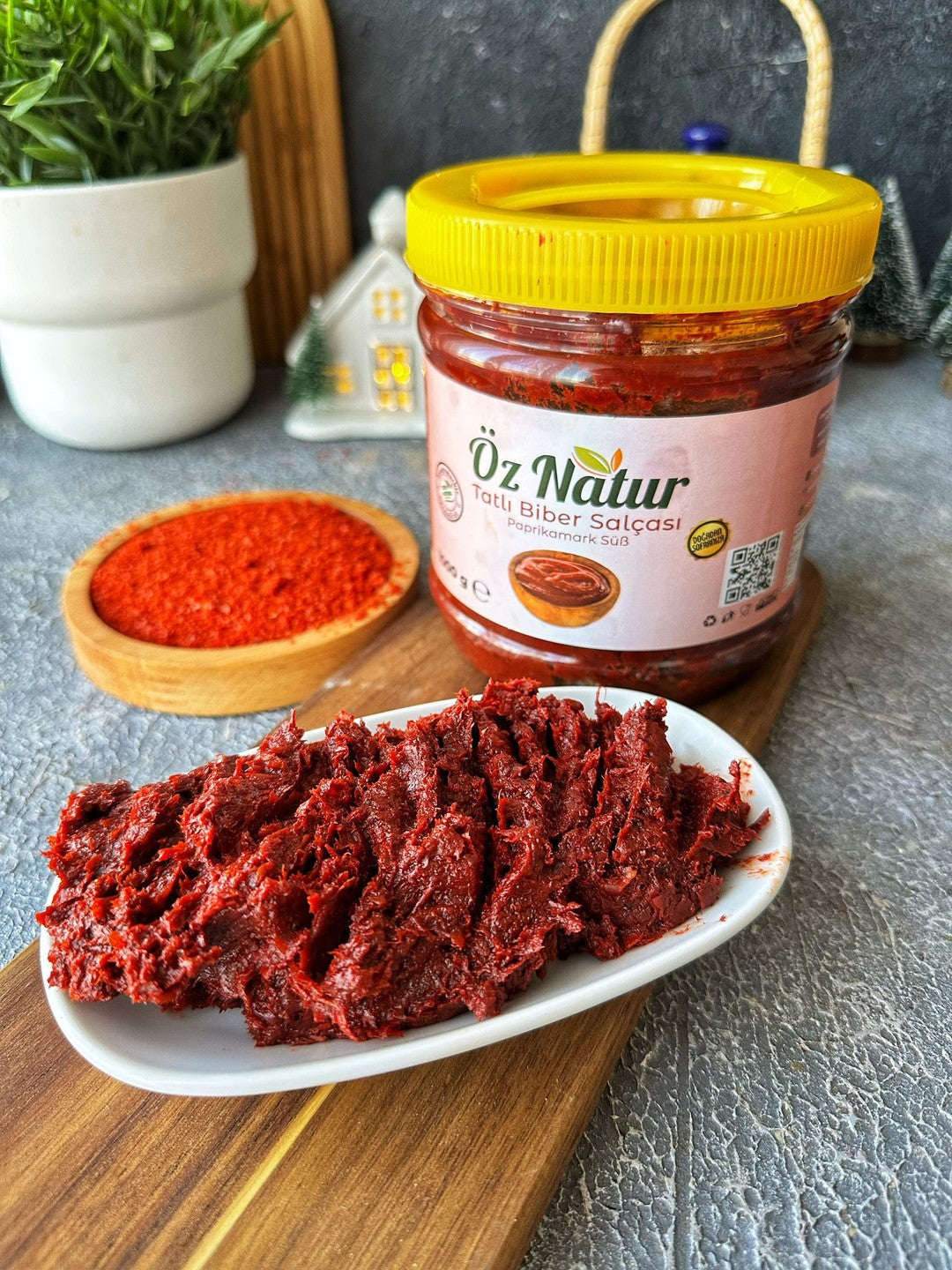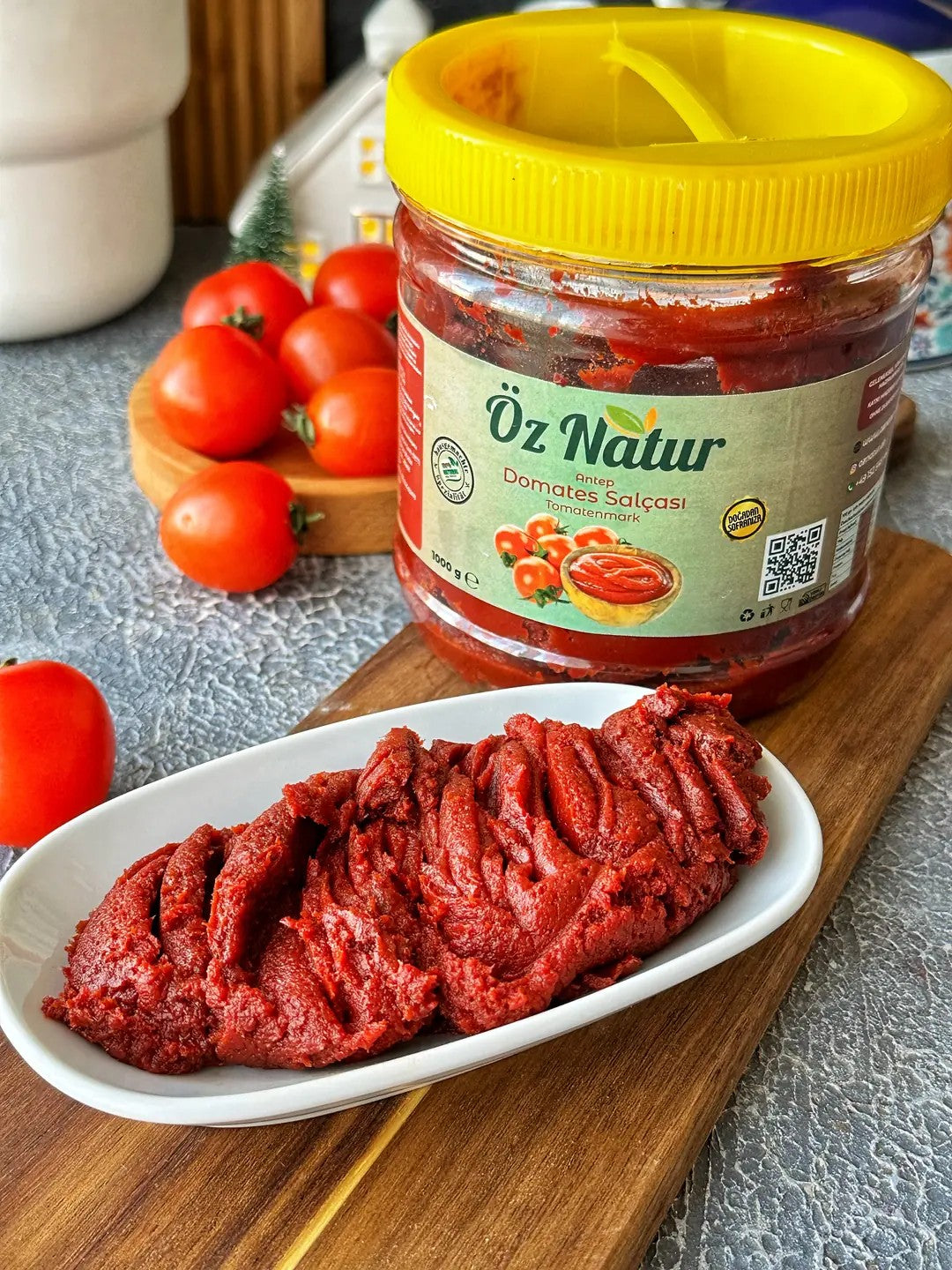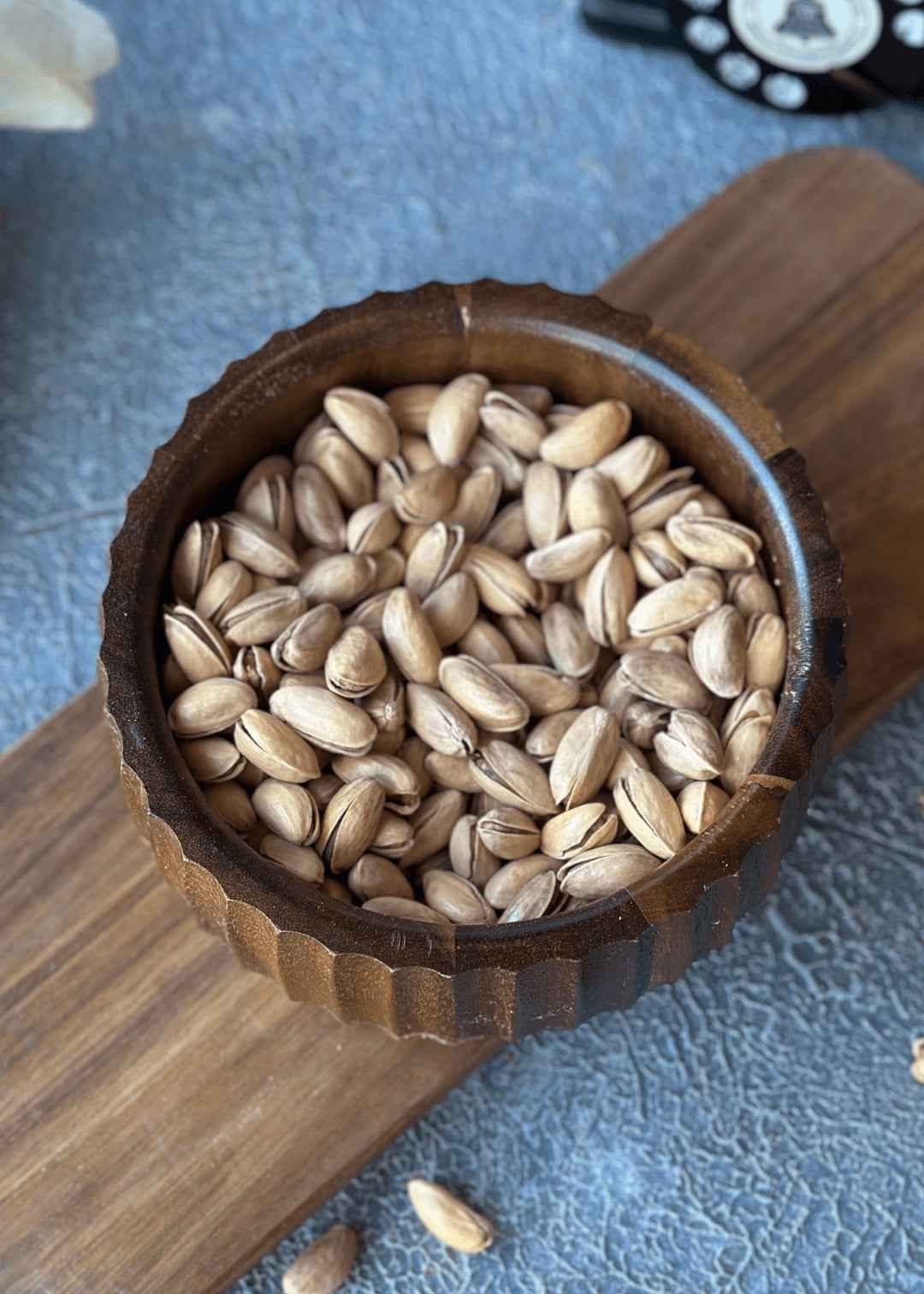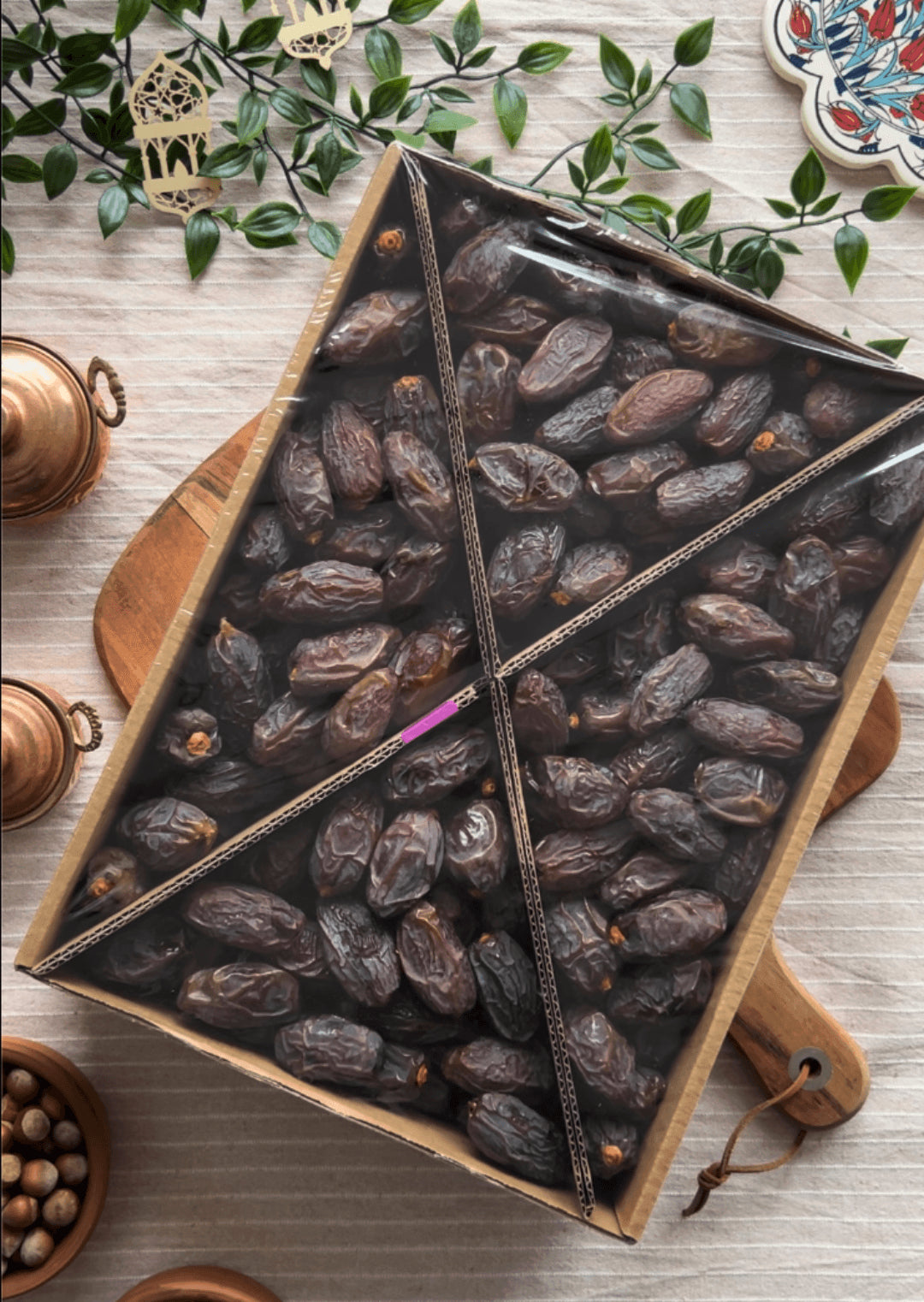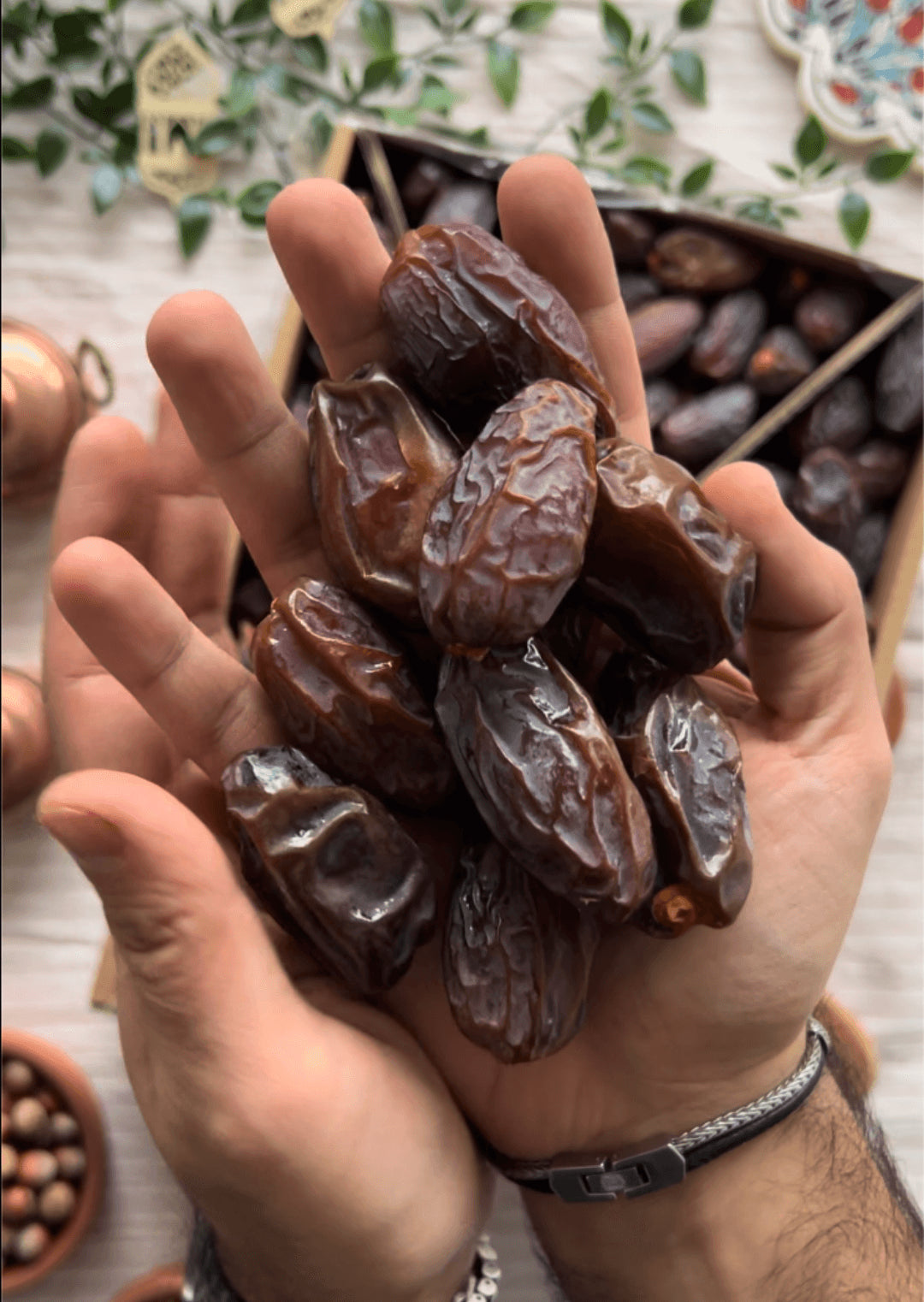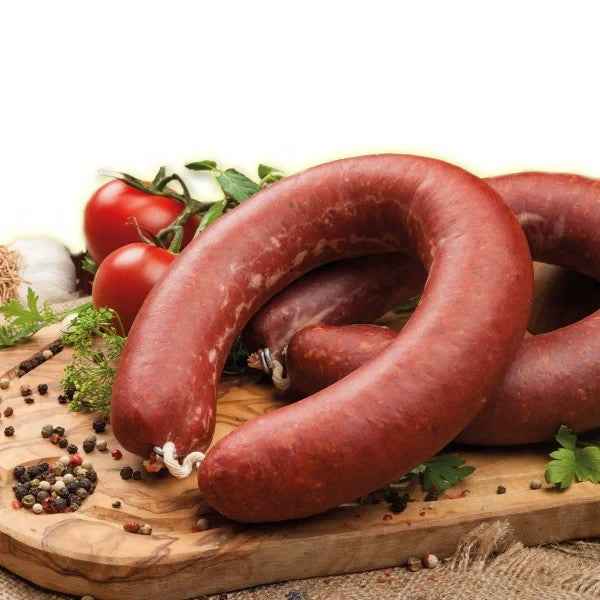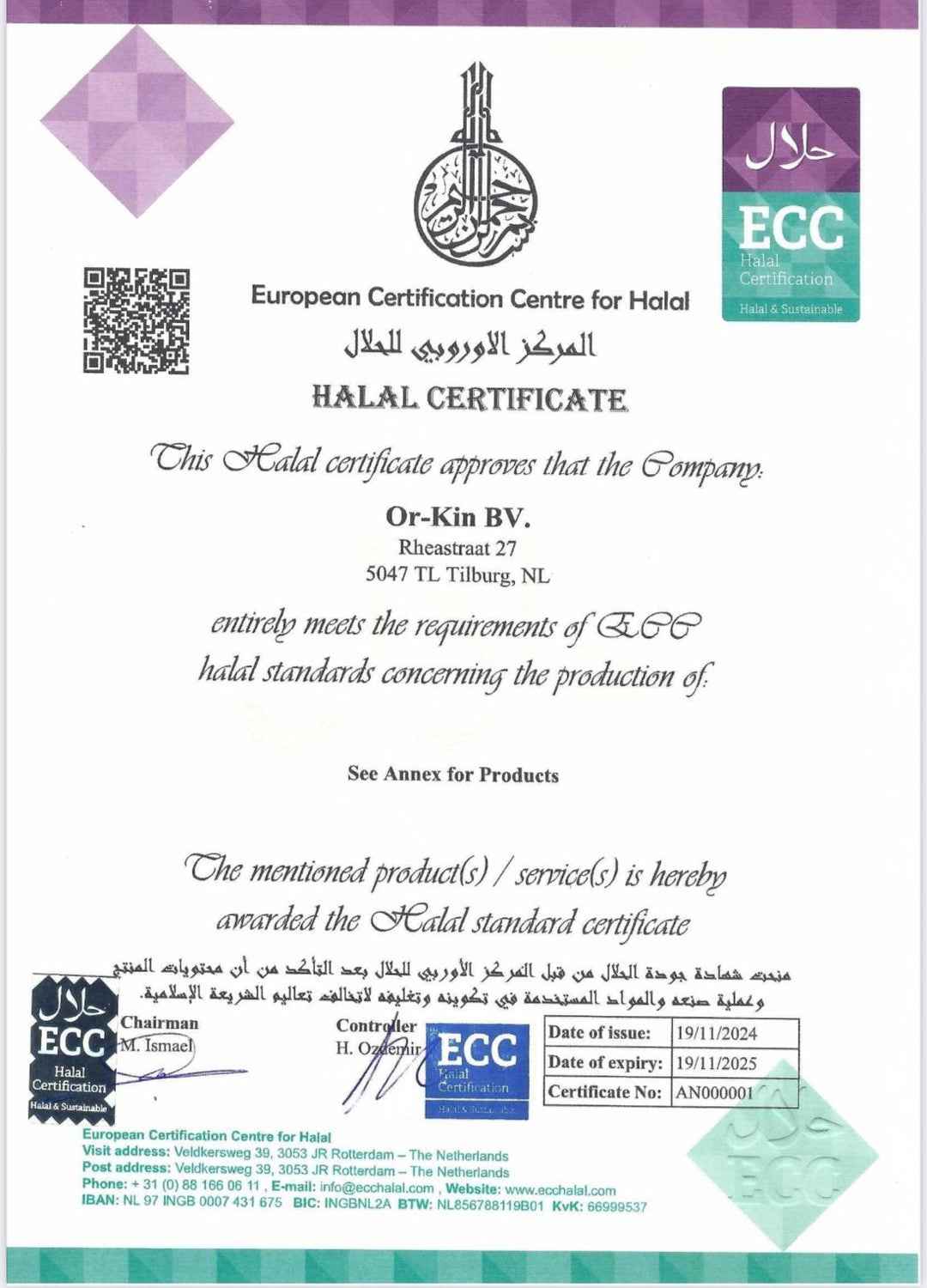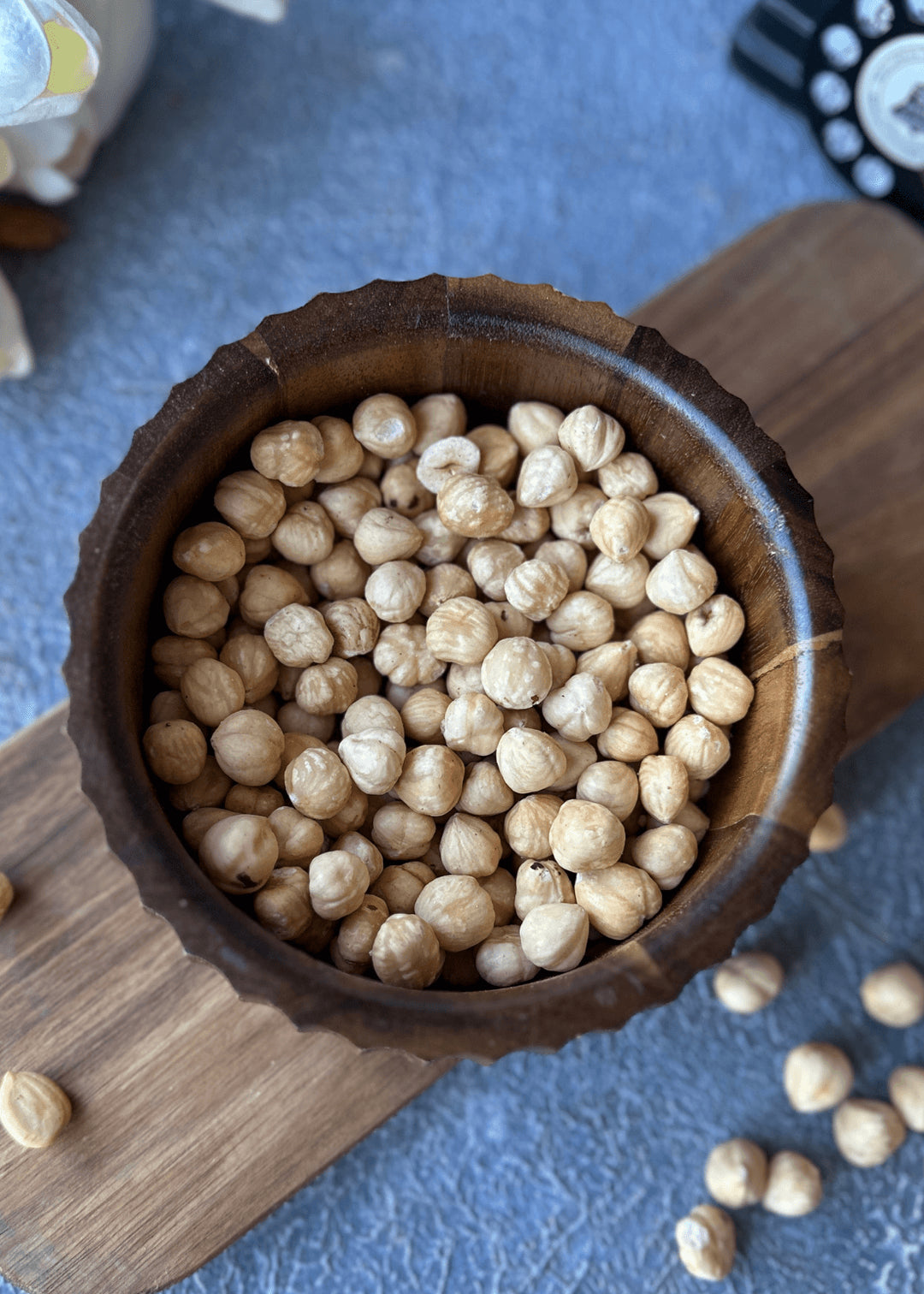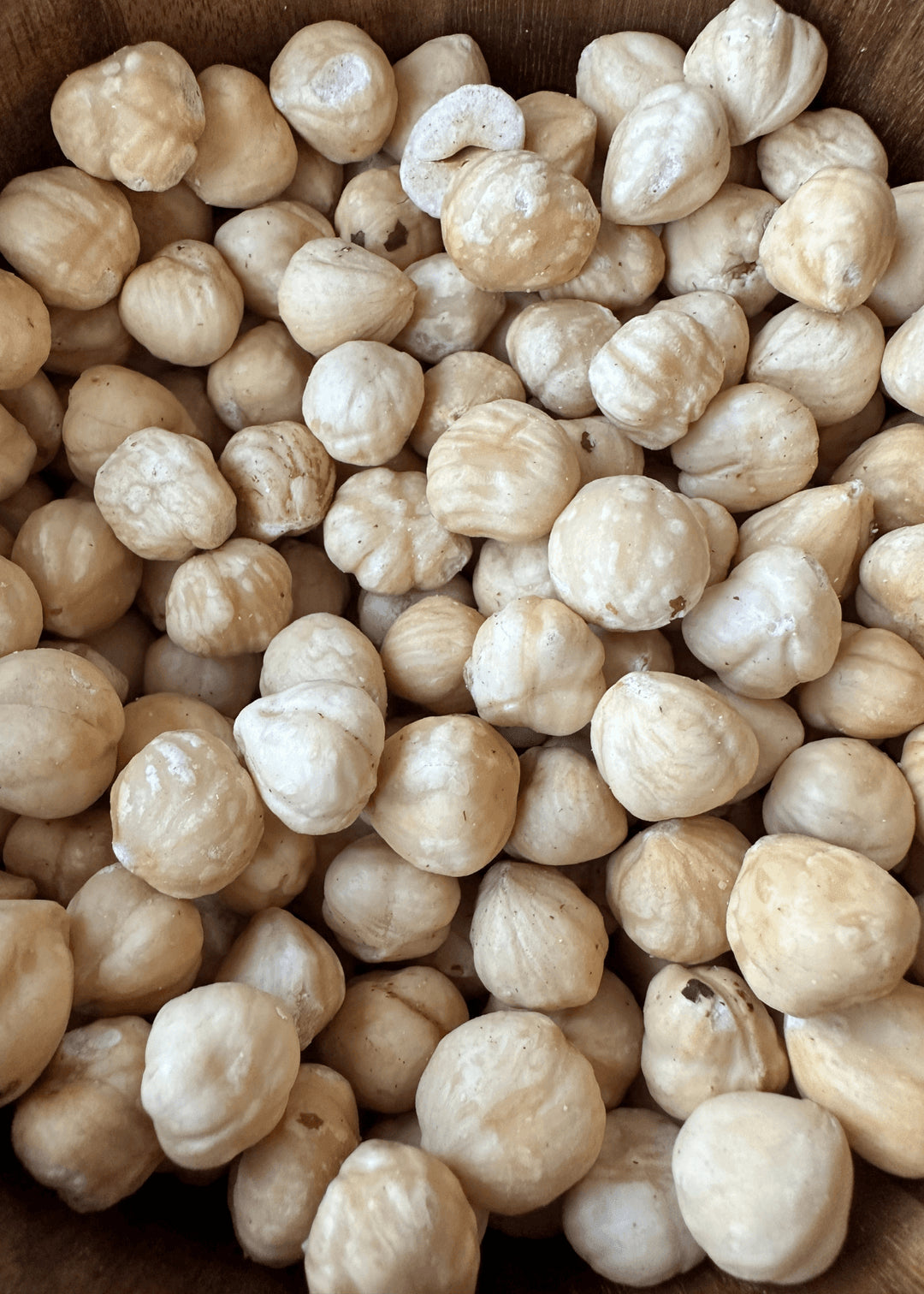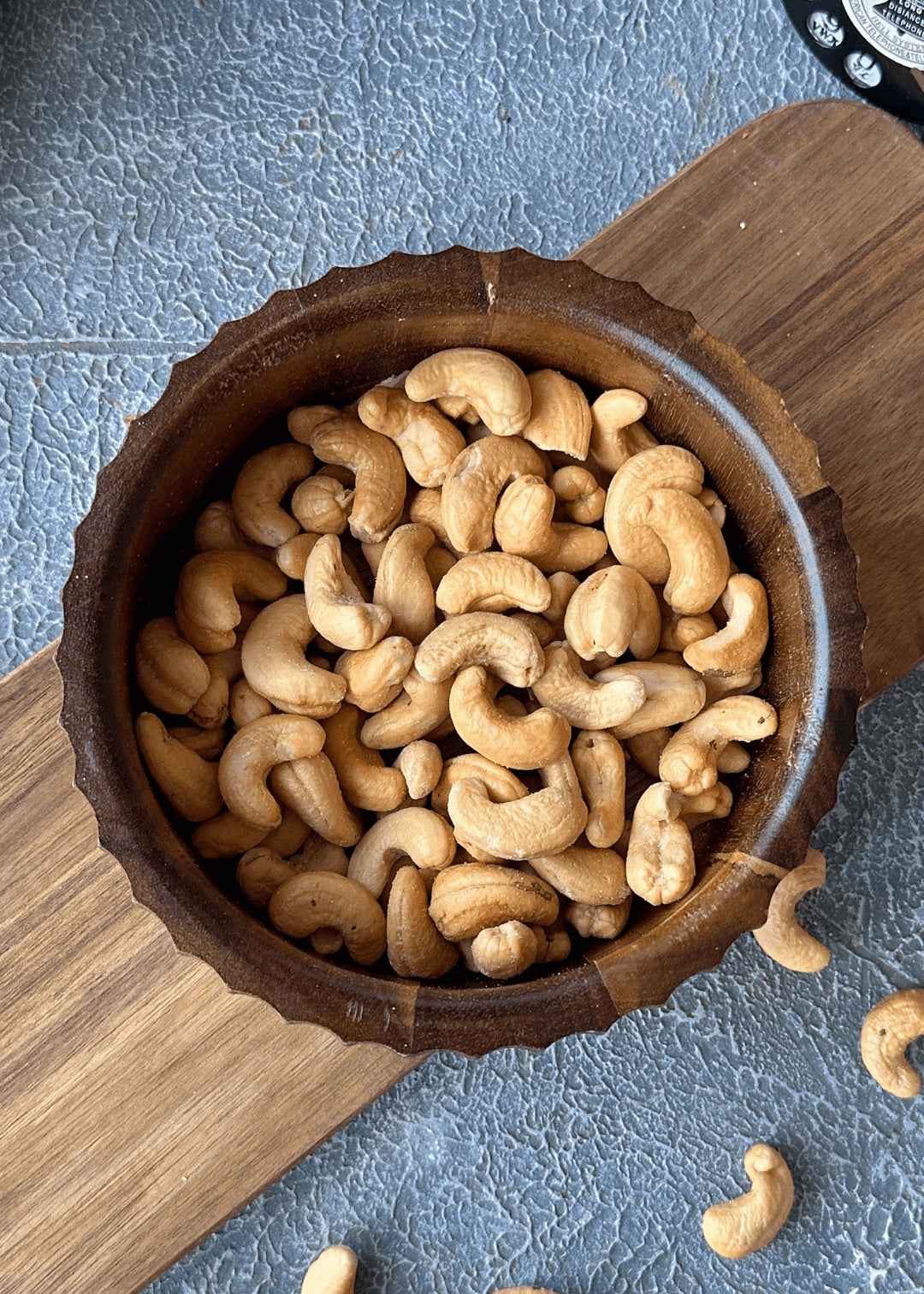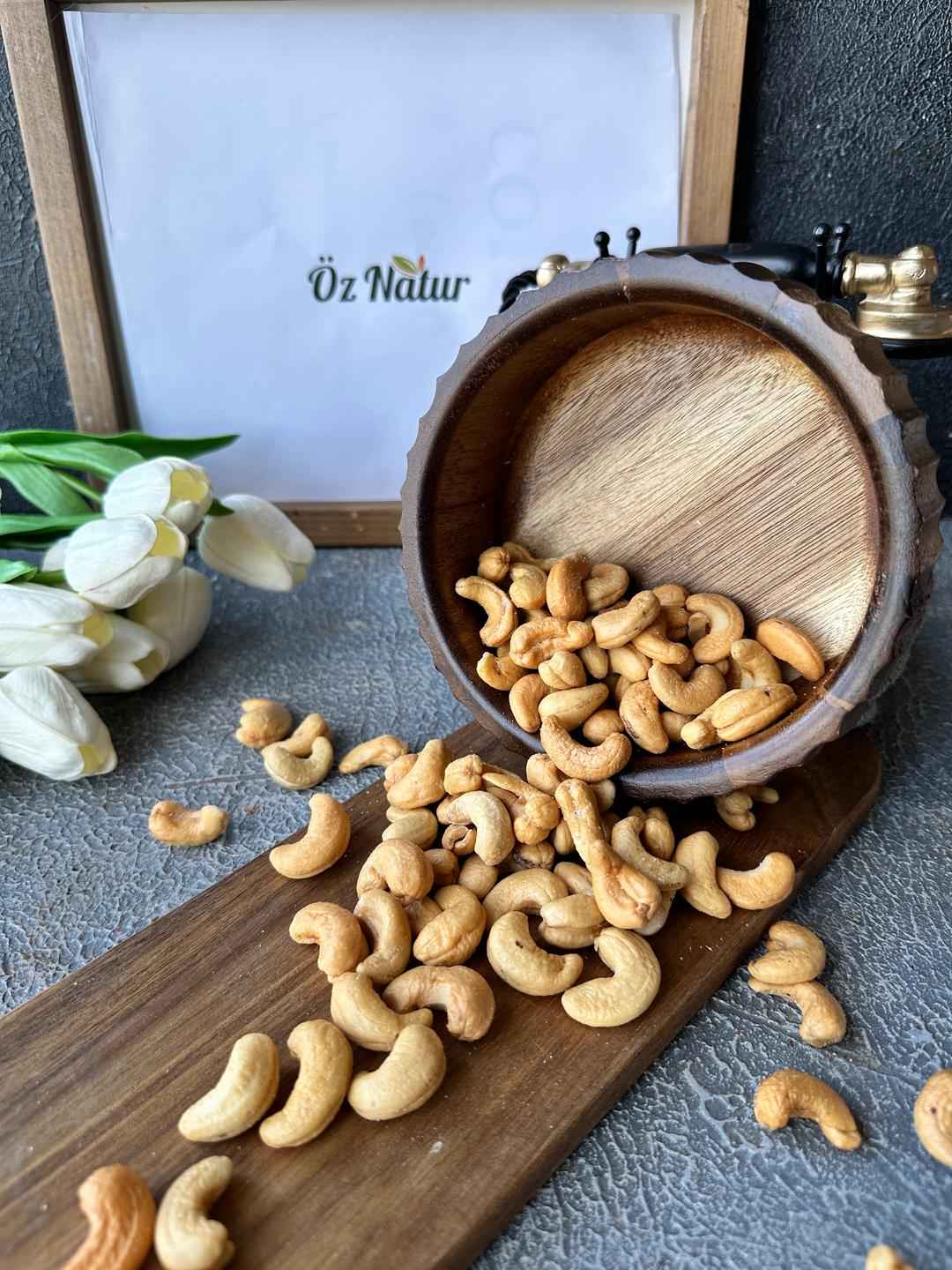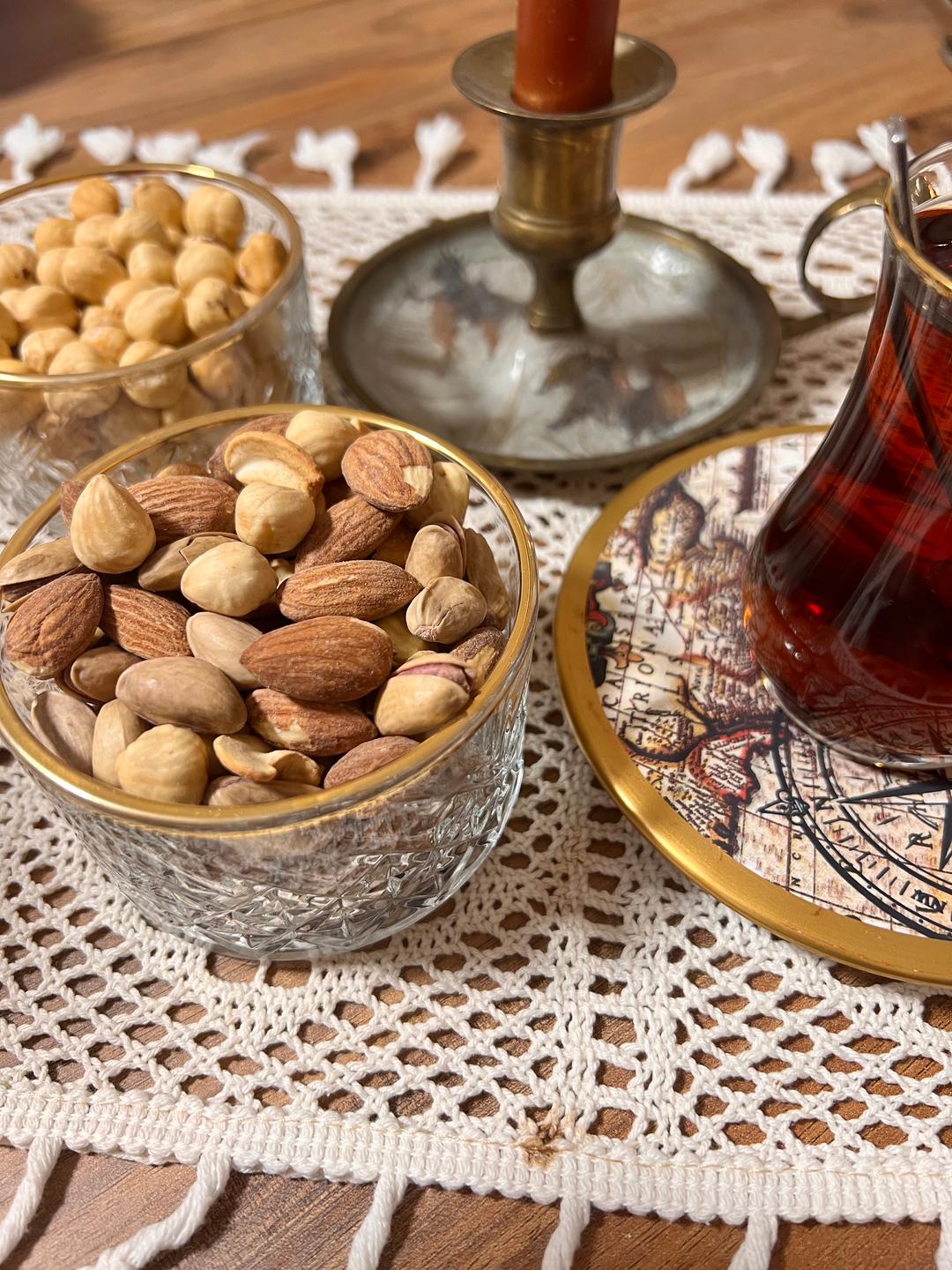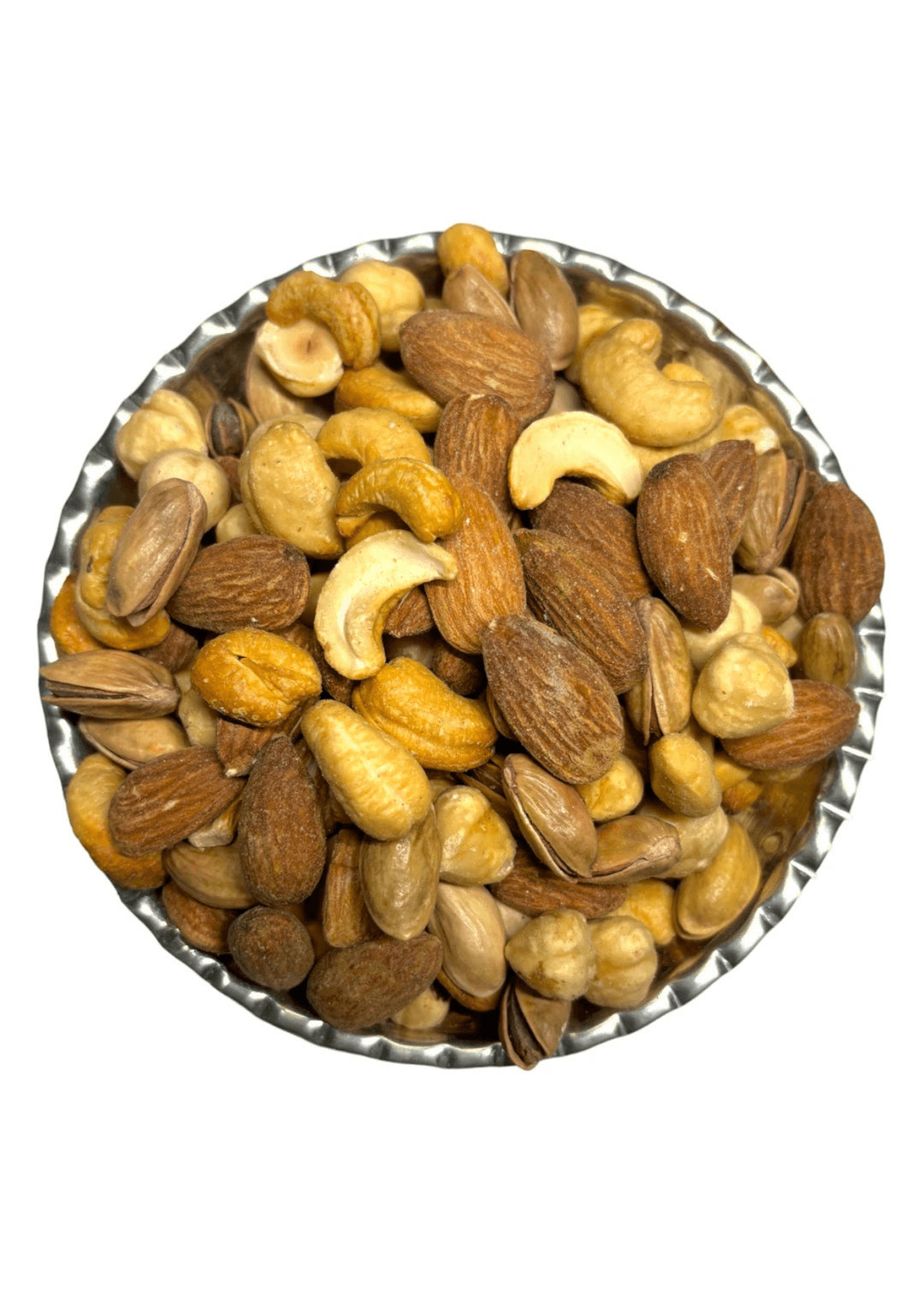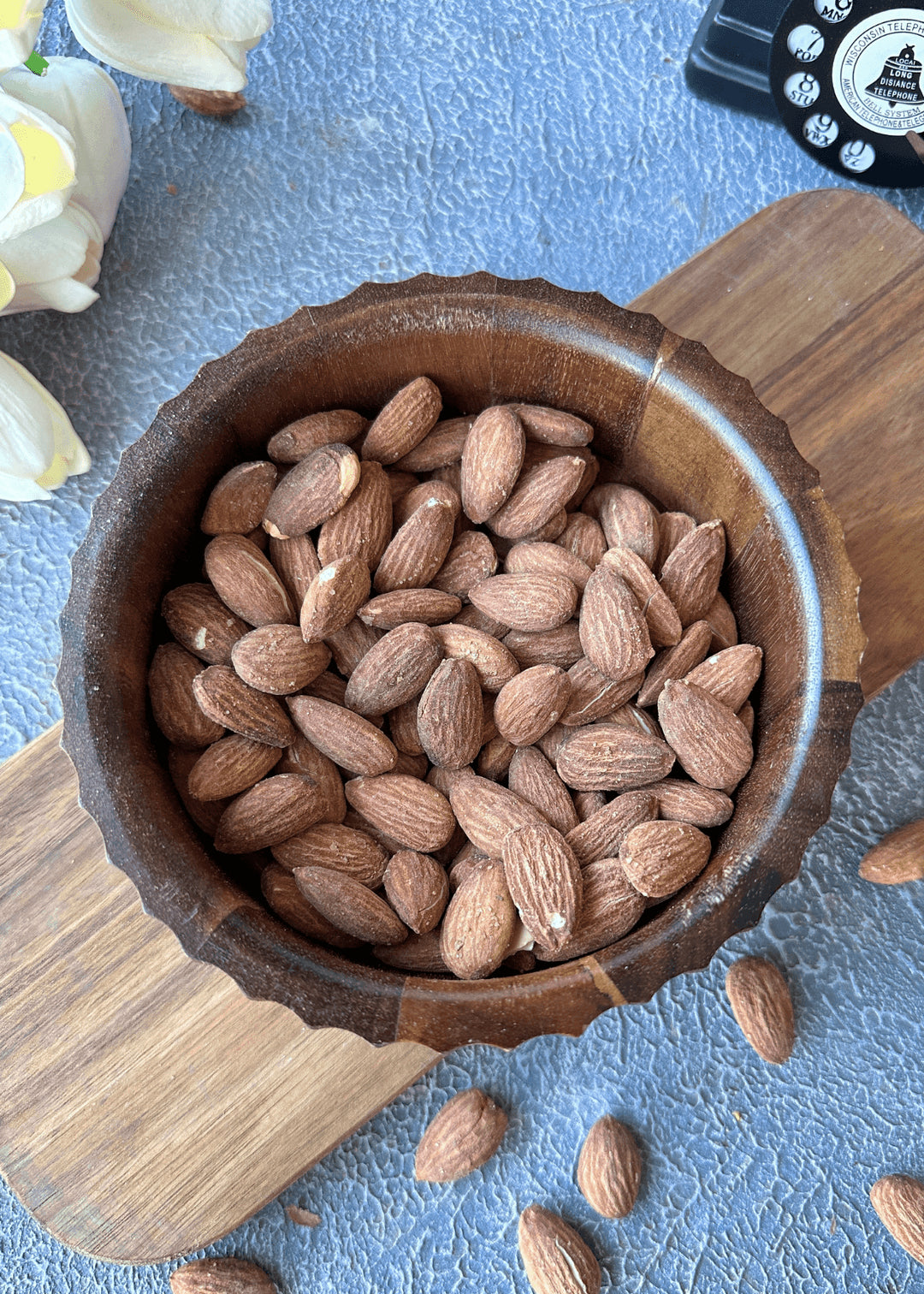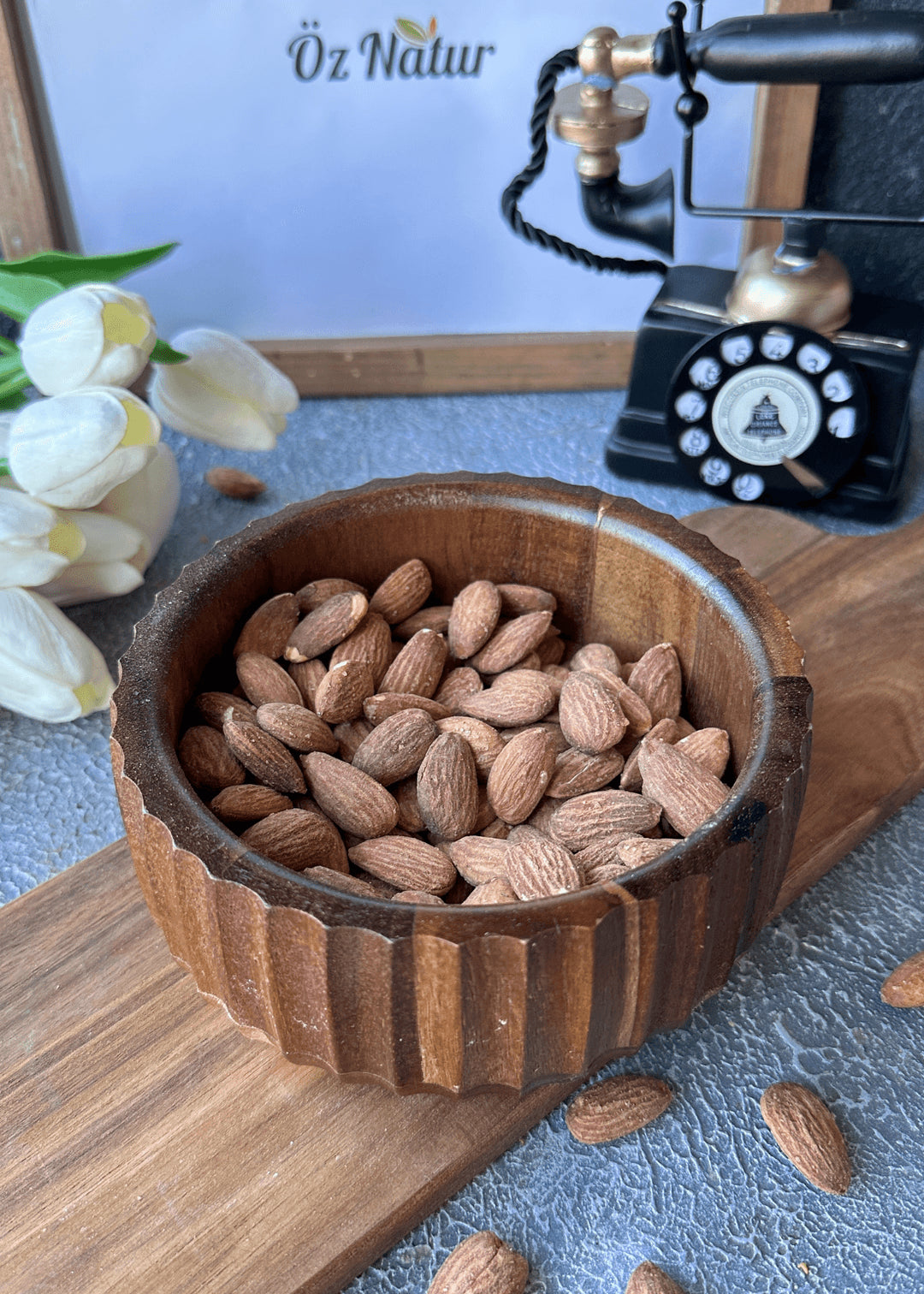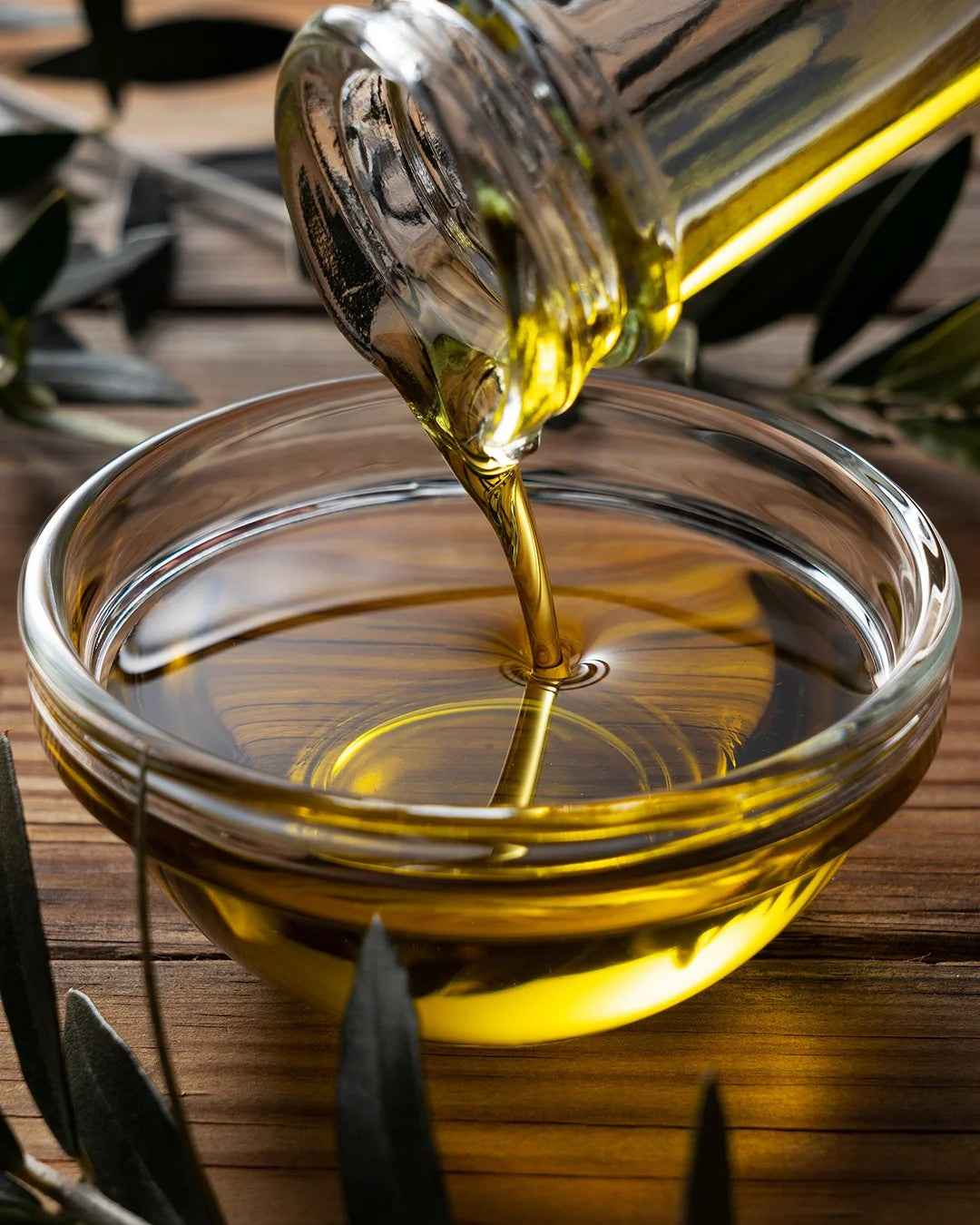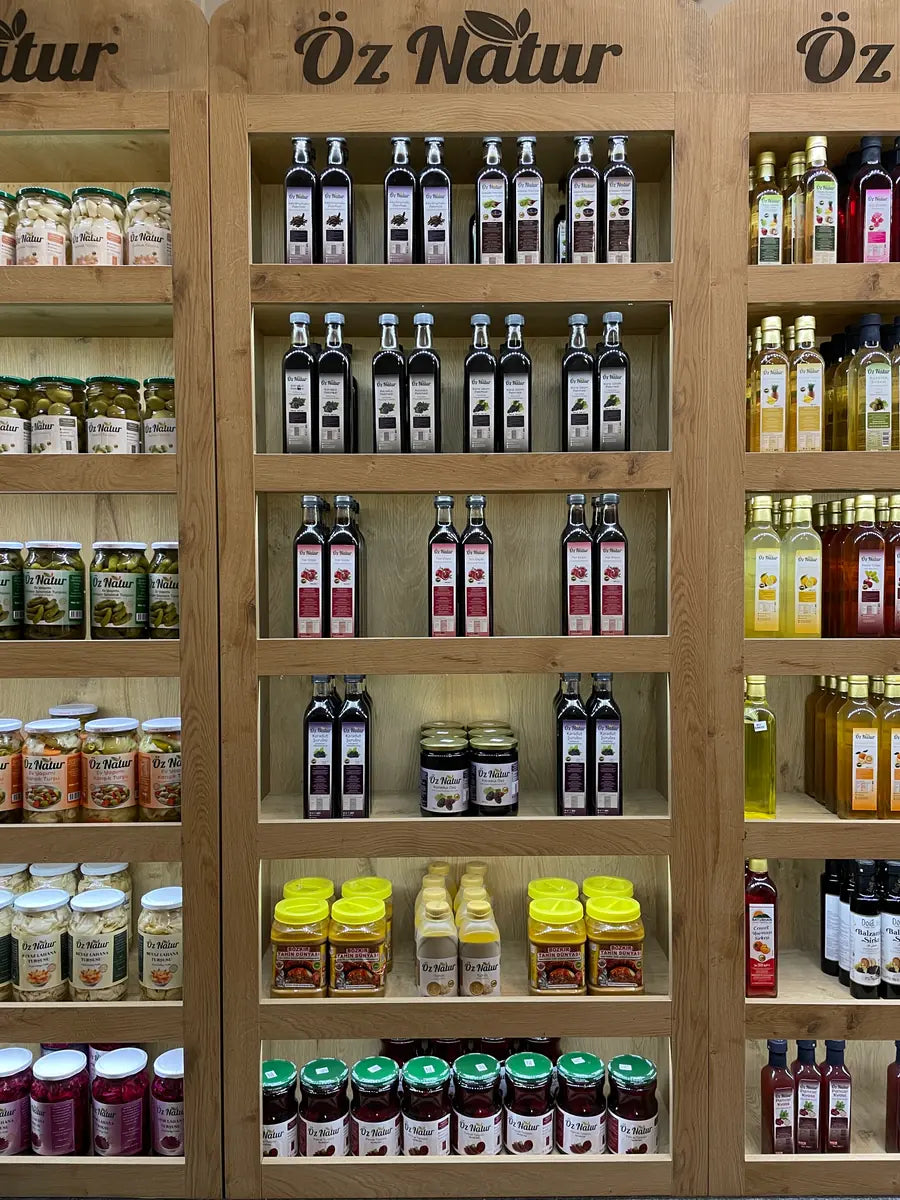Pickled hot peppers are a flavorful garnish that add a spicy and tangy kick to meals. They are popular in many cuisines and can be enjoyed as a snack, in salads, on sandwiches, or as a side dish to meat and fish. The pickling process gives the peppers a slightly sour taste that enhances their natural heat. Depending on the variety and preparation, they can range from mildly spicy to very hot, making them a versatile option for different taste preferences.
How Are Pickled Hot Peppers Made?
To prepare pickled hot peppers, fresh and firm peppers are cleaned thoroughly. Their stems can be left intact or trimmed as desired. The peppers are packed tightly into a glass jar. A brine made with water, sea salt, vinegar, and optionally garlic is poured over the peppers. The jar is sealed to prevent air exposure and kept in a cool, dark place for several weeks. Once ready, the peppers develop their characteristic spicy and tangy flavor.
Characteristics and Culinary Uses
Pickled hot peppers are known for their bold taste, which combines spiciness with tanginess. They are commonly served as a side dish, added to wraps and sandwiches, or included in antipasti platters. They pair especially well with cheese, olives, grilled meats, and fresh bread. Depending on the pepper variety and pickling method, their flavor intensity may vary, offering a wide range of options for different dishes.
Portion Size and Enjoyment
The amount of pickled hot peppers consumed depends on personal preference and tolerance for spiciness. Some may enjoy just a few pieces, while others prefer larger portions. In Mediterranean and Middle Eastern cuisines, they are often served in small quantities to complement main dishes without overpowering other flavors.
Storage Conditions and Shelf Life
Pickled hot peppers can be stored for long periods if kept properly. They should be placed in a cool, dry, and dark location. Unopened jars can be stored at room temperature. Once opened, they should be refrigerated to maintain freshness. Glass jars are generally preferred for storage, as they preserve the flavor better than plastic containers. If changes in color, smell, or taste occur, the peppers should not be consumed.



